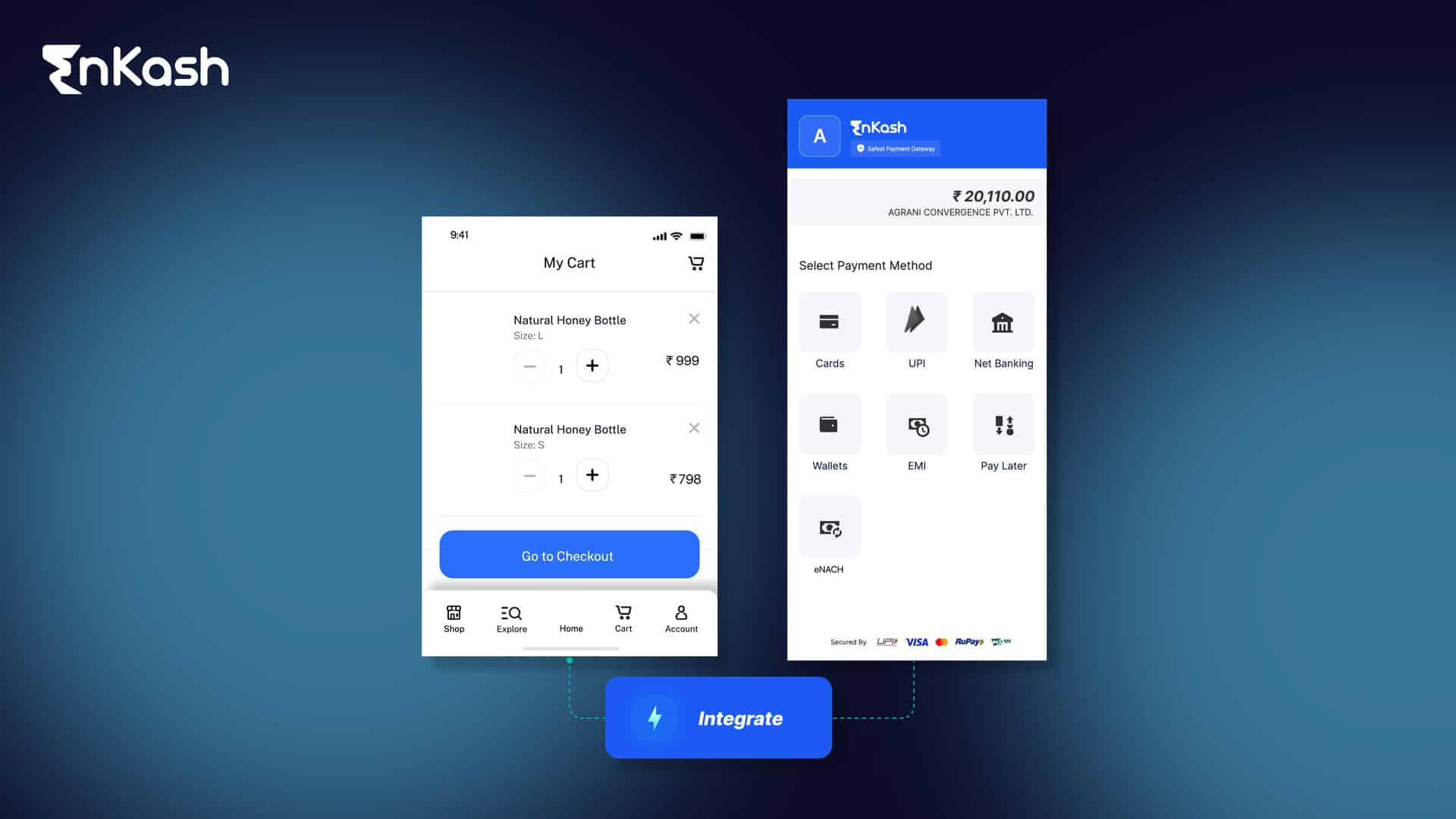Leave encashment is a benefit which allows employees to cash the holiday or leave balance they have left. It is especially important during retirement or resignation because it allows the employee to encash their paid leaves that were left unused. The blog will explore the concept of leave encashment in detail, with a special focus on topics like leave encashment rules, calculation formulas and the tax implications for private and government employees.
What is Leave Encashment?
The act of converting unused paid leaves into cash is known as leave encashment. It is typically paid out to employees when they are leaving the job because of retirement, resignation or termination. In brief, if an employee has earned leaves (EL) but did not use them during their employment tenure, then they can encash those unused leave days by getting paid for their leaves.
Leave encashment forms part of the financial payout wherein the exiting employee gets paid for the leaves earned but till then unused. The amount is payable under the final settlement between the employee and the employer. The compensation is governed by company policies and in many countries, by law.
Key Types of Leave Eligible for Encashment
Companies offer several leave types for the benefit of employees, but not all can be encashed. Let’s look at some of the common types of leaves and their eligibility for encashment.
- Earned Leave (EL): EL accumulates during one’s service period. It can be encashed either during the employment period, at resignation, or on retirement.
- Holiday Leave: Employees have an option of encashing paid holidays, but this again depends on company rules.
Other leave types like casual, sick, maternity, paternity, or floater typically cannot be encashed.
Leave Encashment Rules
In India, leave encashment rules are determined as per law and company policies. The rules may vary for private and public employees, but they broadly follow the same principles. Let’s look at some of the common earned leave encashment rules.
- Leave Carry Forward: Employees can carry forward their untaken leave to the next year. Many organizations set a limit on the number of days employees can carry forward, and any surplus leaves may lapse.
- Restriction on Encashment: Companies may place limits on the maximum number of leaves employees can encash. Typically, employees can encash 30 days of leave annually, but again this can vary from one company to another.
- Eligibility for Encashment: Employees have to fulfill conditions such as completing a certain period of service before they can encash leaves.
- Encashment During Employment: Companies may allow leaves to be encashed during the employee’s tenure under special conditions.
- Leave Encashment for Government Employees: It is fully exempt under section 10(10AA) of the Income Tax Act, 1961 in case of government employees at the time of retirement subject to a maximum of 300 days.
- Leave Encashment for Non-Government Employees: Non-government employees get a partial tax exemption on their encashment, as per the specific conditions under Section 10(10AA). As per the 2023 budget, the amount is capped at Rs. 25,00,000.
Read more: Payroll processing
Eligibility of Leave Encashment
Let’s look at the factors in detail that determine the eligibility for leave encashment.
Employment Tenure
Usually, companies expect employees to complete a minimum service period before they can encash their leaves. For instance, employees can encash leaves after they have been with the company for a year or after several years, based on the organization’s policy.
Employees may be allowed to encash their leaves during their employment, or some companies may allow encashment only at the time of resignation or retirement.
Company Policies
Whether employees can encash leaves and which type of leaves depends on the internal policy guidelines of the company. While some companies allow EL encashment, others specify certain leaves that can be encashed such as sick or holiday leave. Further, companies could fix an overall limit on the maximum number of encashable leaves.
Employment Type
An individual’s entitlement to leave encashment is also determined by whether they work in the public or private sector.
- Government Employees: They can encash a maximum of 300 days of leaves and the amount received is exempted from tax.
- Private Sector Employees: The number of leaves they can encash is decided by company policy and the amount they receive is partially exempted from tax.
Retirement or Separation
When an employee retires or separates from service, they may encash the accumulated leaves. If an employee resigns, some organizations may have conditions such as serving a certain notice period before encashment can be allowed.
Legal Heirs of Deceased Employees
In the case of an employee’s demise during employment, the legal heirs of the employee are entitled to receive the full encashment of the total number of earned leave remaining. The amount will be tax-exempt for both government and private sector employees.
Read more: Gift cards
What is the Process of Leave Encashment?
The process of leave encashment can be different based on company rules and local labor laws. Let’s look at some of the important steps in the general leave encashment process.
Accumulate Unused Leaves
Employees accumulate earned or privileged leaves during their tenure. These leaves can be encashed at the time of resignation or retirement and, in some cases, during employment as well.
Request for Leave Encashment
Employees can encash their unused leaves once they quit their jobs, retire or need it during employment. Employees can start the process of leave encashment by sending an application to HR or filling out an encashment leave form.
Assess Leave Balance
Once the request to encash leave is initiated, the HR or finance team calculates the number of eligible leave days that can be encashed. Factors such as employee tenure and limits on number of leaves that can be encashed are considered.
Calculate Leave Encashment Value
The company then calculates the leave encashment value. The general formula used for this calculation is:
Leave Encashment = (Basic Salary + Dearness Allowance) / 30 × Number of Earned Leaves
The formula may be altered depending on salary components and the structure of the company.
Approval from HR/Management
The leave encashment request and payout will be verified and approved by the responsible authorities. This is done to ensure the request meets corporate policies and the balances are correctly assessed.
Leave Encashment Payout
If the employee has retired or resigned, the leave encashment payout will be made as a part of their final settlement. If the request is made during service, the payout will be made depending on the company policy and taxation rules.
Tax Deductions
The leave encashment payout will be taxed depending on employment type, and whether the encashment is during employment or retirement. For private-sector employees, only a part of their payout is exempted from tax, and the remaining balance will be taxed as salary income. For leaves encashed during tenure, employees can fill out Form 10E under Section 89 for tax relief.
Read more: Account payable
How to Calculate Leave Encashment?
The leave encashment calculation depends on factors like basic salary, dearness allowance (DA), and, in a few cases, bonuses.
Here’s the general leave encashment formula:
Leave Encashment Amount = (Basic Salary + Dearness Allowance) / 30 * Number of Earned Leaves
Let’s understand the leave encashment calculation better with an example:
Mr. Rohit is a private-sector employee with 300 days of earned leave accumulated over his 20 years of employment. His monthly basic salary plus DA is Rs. 60,000.
- Step 1: Determine daily wage.
- Daily Wage = ₹60,000 / 30 = ₹2,000
- Step 2: Multiply daily wage by the number of earned leaves.
- Leave Encashment Amount = ₹2,000 * 300 = ₹6,00,000
As per the above calculation, Mr Rohit would receive ₹6,00,000 as leave encashment payout.
If the company allows only earned leaves to be encashed, the EL calculation formula remains the same.
Read more: Expense management software
Tax Treatment of Leave Encashment
The tax levied on the leave encashment payout varies for government and private-sector employees.
- Government Employees: For central and state government employees, if leave encashment is received at the time of retirement, it will be exempt from income tax as per Section 10(10AA). They won’t have to pay any tax on it irrespective of the amount.
- Private-Sector Employees: Leave encashment of private sector employees is partially exempt under Section 10(10AA) of the Income Tax Act. The partial exemption is dependent on the following conditions:
- Leave encashment amount received
- ₹25,00,000 (according to 2023 budget)
- Average salary of 10 months
- Cash equivalent of unused earned leaves (capped at 30 days for every year of service)
Here is an example that illustrates the tax calculation process for a private-sector employee’s leave encashment payout.
Let’s consider Mr. B, a private-sector employee retiring after 20 years of employment. He has 325 days of unused earned leaves. His monthly salary and DA come up to ₹30,000. As per the above formula, he gets ₹3,25,000 as leave encashment.
Here is how the leave encashment amount will be taxed.
- Leave Encashment Received: ₹3,25,500
- Average Salary of 10 Months: ₹30,000 * 10 = ₹3,00,000
- Cash Equivalent of Unused Leave: ₹1,000 * 325 = ₹3,25,000
- Statutory Limit: ₹25,00,000
₹3,00,000 is the least of the amounts mentioned, so ₹3,00,000 is exempt, and ₹25,000 is taxable as part of Mr B’s salary income.
Benefits of Leave Encashment
Leave encashment rules work well for employees and employers, let’s look at some of their benefits:
Benefits for Employees
- Financial Flexibility: Employees are paid the cash equivalent of their unused leaves. The payout can provide them with a financial cushion during their resignation or retirement period.
- Retirement Planning: The additional cash payout can help employees start their retirement on a positive note. The money can go towards investments or interests or act as a supplementary income source.
- Tax Savings: The amount received for leave encashment is tax-exempt for government employees and partially tax-exempt for private-sector employees. This helps reduce the overall tax liabilities.
Benefits for Employer
- Increased Productivity: Allowing employees to convert their leaves into money increases the number of productive man-days.
- Cost Management: Leave encashment provides transparency on how employers manage employee benefits. Companies would prefer managing the expense than dealing with frequent absences.
Read more: Cost Control
Conclusion
Encashing leaves is a method of salary compensation offered by organizations whereby employees receive payment for a defined number of unutilized leaves in a year. The norms differ for government employees and those in the private sector. However, the policy allows employees the flexibility of utilizing their unused leaves to plan for retirement or meet financial requirements during their employment period. Understanding the concepts around leave encashment can help employees utilize their benefits while reducing taxes.
FAQs
What is the difference between leave encashment received during employment and at retirement?
If an employee encashes leaves during employment, the amount will be considered as a part of regular salary and will be fully taxable. If an employee encashes leaves at retirement – government employees enjoy tax exemption on the entire amount as per Section 10(10AA), while non-government employees receive partial tax exemption, up to a limit of ₹25,00,000.
What is the limit on leave encashment for private employees?
In the private sector, encashment is normally restricted to 30 days of accrued leave per year of continuous service. This means that even though you may have earned more leaves in a given year, only 30 days per year of service shall be taken into account for encashment calculations. For example, for an employment tenure of 10 years, only 300 days of leave will be considered.
How is leave encashment calculated if the employee has worked for multiple employers?
If the employee has worked for several employers, the leave encashment is computed for each employment period. The ₹25,00,000 exemption cap for non-government employees is a lifetime cap regardless of the number of employers. For example, if you have claimed ₹10,00,00 as an exemption, you will only be allowed to claim up to ₹15,00,00 from your next employer.
In case the employee leaves the organization before the completion of one year, what happens to leave encashment?
Generally, companies have policies defined wherein employees are eligible for leave encashment only after they complete a certain period of service. This period is typically set at one year. If the employee leaves before the set period, they may not be entitled to encash leaves. Some companies may allow for encashment, depending on the leaves earned on a per month basis.
Are there any specific conditions for leave encashment for employees on sabbatical or unpaid leave?
If an employee has taken a sabbatical or unpaid leave, they do not earn any paid leave during the same period. The number of earned leaves depends on the active employment period of the employee. Thus, such employees are eligible for leave encashment, but the calculation will be based on their active period and exclude periods of sabbaticals/unpaid leaves.
Can employees use leave encashment to reduce their notice period when resigning?
Companies provide the option of using one’s paid leave accrued during tenure to serve in place of the notice period. For instance, the employee has a notice period of 60 days, and they have a total of 25 unused earned leaves. Here, the employee can request the company to use the 25 earned leaves as compensation and reduce the notice period to 35 days. This exchange process is at the discretion of company policy and approval from the HR team.
What is the policy for encashing leaves for employees who are terminated for disciplinary reasons?
If the employee’s termination was due to disciplinary reasons, the leave encashment rules may depend upon the nature of the misconduct and the severity with which the company wishes to treat the matter. Although leave encashment is a legal right, companies may choose to withhold or limit the payout, especially if the employee’s termination resulted in financial damages or liabilities. The payout restriction should still comply with the local laws or the employee could take the matter to court.
What happens if an employer fails to provide leave encashment upon an employee’s resignation or retirement?
Under applicable labor laws, the employee can file a claim in labor court or tribunal for the employee’s failure to provide leave encashment as part of the final settlement. Leave encashment is an earned benefit, and denying it will amount to a breach of the employment contract as well as statutory obligation. The court might order the employer to pay the encashment along with penalty or interest as may be applicable.













